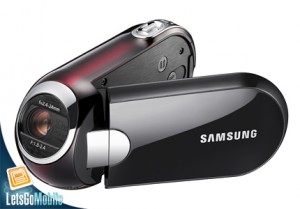
Although I already have some knowledge of Adobe InDesign from my experience as editor of my high school yearbook, The Shield, I felt that a little refresher course never hurt anyone – especially in today’s technological age. I knew a lot of the skills we went over, such as how to set up a master document, and how to navigate the control panel.
However, there were some skills that I had forgotten or never thoroughly learned to begin with. These ranged from when to use an RGB or CMYK color palette. Likewise, we discussed the different types of graphics that can be used, and how to get the best image for your design.
The instructor suggested taking the Photoshop class on the following Tuesday. Not only is it incredibly useful for the digital realm, but will be an excellent supplement for the skills learned in the InDesign workshop.






